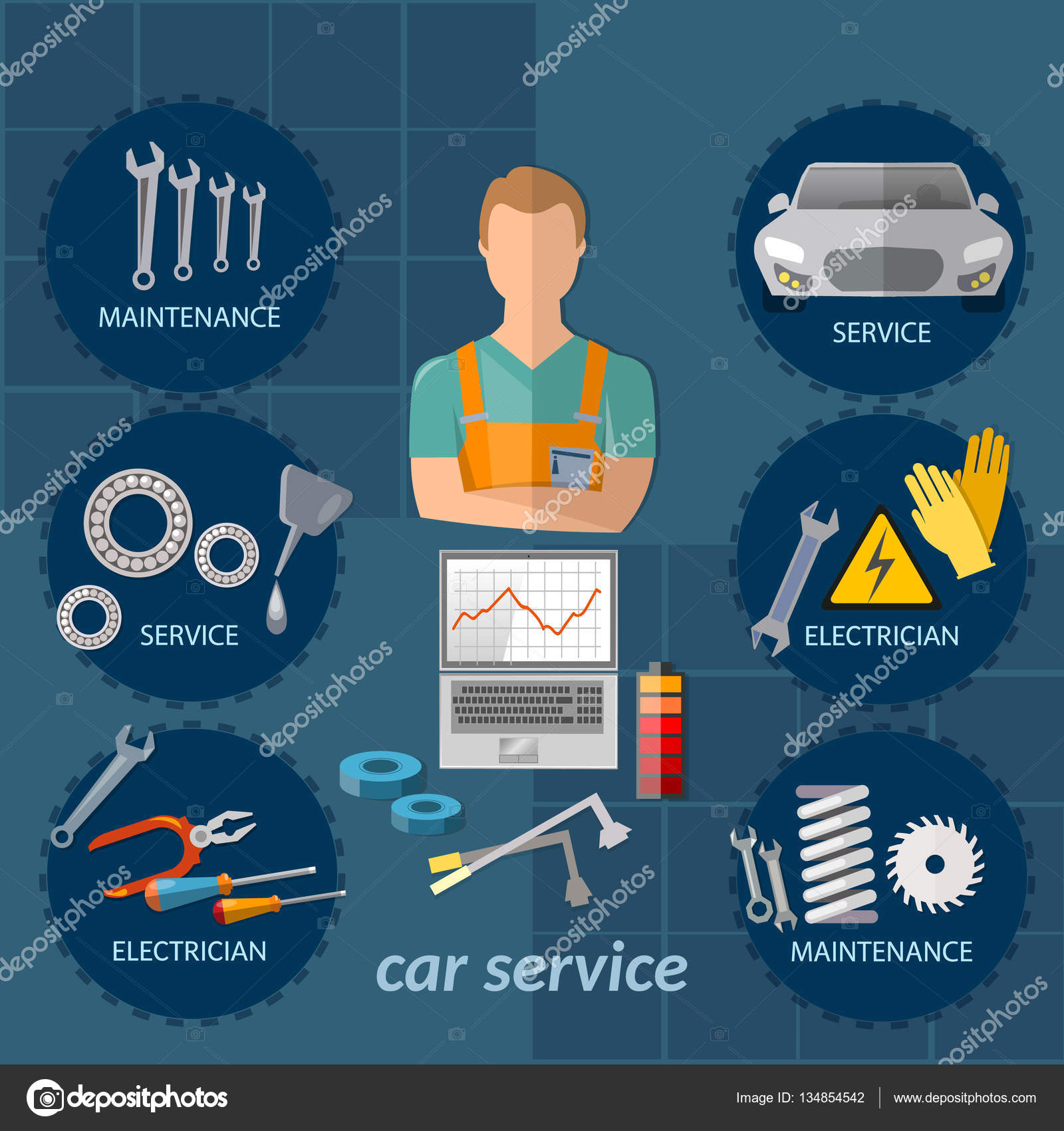Analyzing Your Automobile'S Alert Lighting: Their True Implications
Analyzing Your Automobile'S Alert Lighting: Their True Implications
Blog Article
Web Content Created By-Lim Shepherd
When you lag the wheel, those glowing caution lights on your control panel can be a bit difficult. Do click for more recognize what they're attempting to tell you regarding your auto's health? Understanding the importance of these lights is important for your safety and the longevity of your car. So, the next time one of those lights pops up, wouldn't you want to analyze its message precisely and take the needed actions to resolve it?
Common Warning Lights and Interpretations
Recognize typical warning lights in your cars and truck and recognize their meanings to make certain risk-free driving.
The most typical caution lights include the check engine light, which indicates issues with the engine or emissions system. If this light comes on, it's important to have your lorry inspected without delay.
The oil stress alerting light shows reduced oil pressure, calling for instant attention to stop engine damage.
A flashing battery light could recommend a damaged billing system, possibly leaving you stranded if not dealt with.
The tire stress surveillance system (TPMS) light signals you to reduced tire stress, impacting vehicle stability and gas performance. Overlooking this could result in dangerous driving conditions.
The ABS light shows an issue with the anti-lock braking system, jeopardizing your ability to stop quickly in emergencies.
Finally, the coolant temperature level cautioning light warns of engine overheating, which can lead to serious damages if not resolved swiftly.
Understanding these common warning lights will certainly aid you deal with issues promptly and keep safe driving conditions.
Significance of Prompt Focus
Comprehending the usual warning lights in your vehicle is only the very first step; the relevance of immediately attending to these cautions can't be highlighted enough to guarantee your security when traveling.
When a warning light brightens on your dashboard, it's your automobile's way of communicating a prospective concern that requires focus. Neglecting these cautions can cause extra serious issues later on, jeopardizing your security and potentially costing you extra out of commission.
Trigger interest to alerting lights can avoid malfunctions and mishaps. For instance, a blinking check engine light could indicate a misfire that, if left unattended, can cause damages to the catalytic converter. Resolving this without delay can conserve you from a costly repair work.
In a similar way, a brake system warning light might indicate low brake liquid or worn brake pads, essential components for your safety and security when driving.
DIY Troubleshooting Tips
If you see a warning light on your control panel, there are a couple of do it yourself repairing ideas you can try prior to looking for expert aid.
The very first step is to consult your cars and truck's handbook to comprehend what the specific caution light suggests. In some cases the issue can be as easy as a loose gas cap setting off the check engine light. Tightening up the gas cap may deal with the problem.
An additional usual issue is a reduced battery, which can cause different cautioning lights. Checking carinteriorcleaningauckland for rust and ensuring they're safe may deal with the issue.
If a warning light persists, you can attempt resetting it by separating the cars and truck's battery for a couple of mins and then reconnecting it. In addition, inspecting your automobile's fluid levels, such as oil, coolant, and brake liquid, can help troubleshoot warning lights related to these systems.
Verdict
To conclude, comprehending your car's caution lights is necessary for keeping your automobile running efficiently and safely. By promptly dealing with these signals and understanding what they mean, you can prevent costly repairs and prospective failures.
Keep in mind to consult your vehicle's guidebook for particular information on each warning light and act as necessary to make certain a trouble-free driving experience.
Remain notified, remain risk-free when driving!
